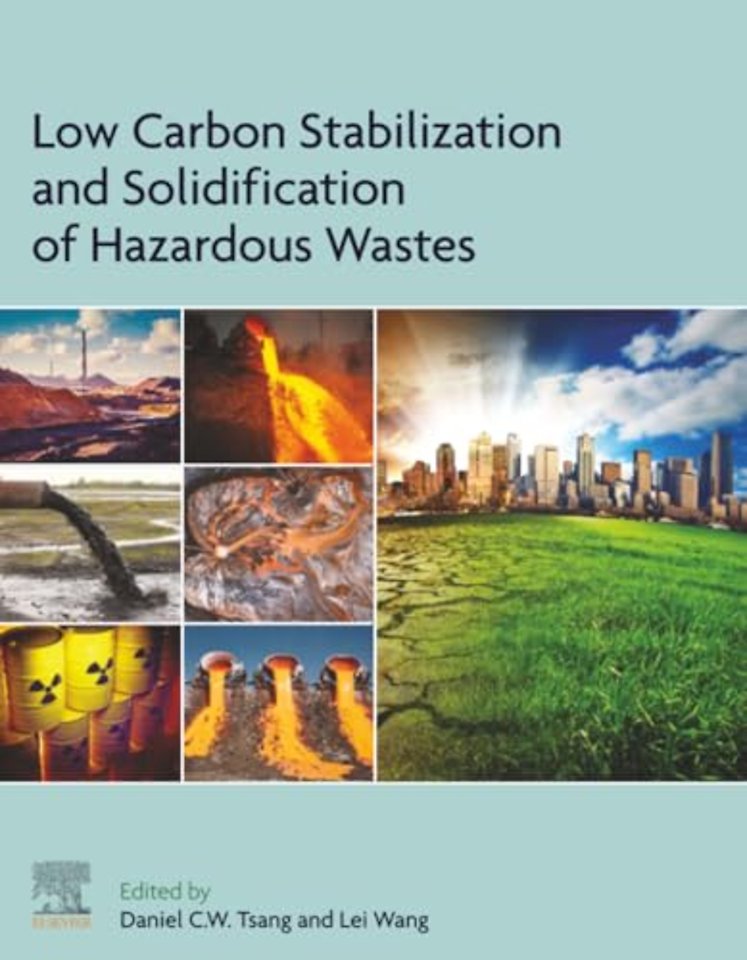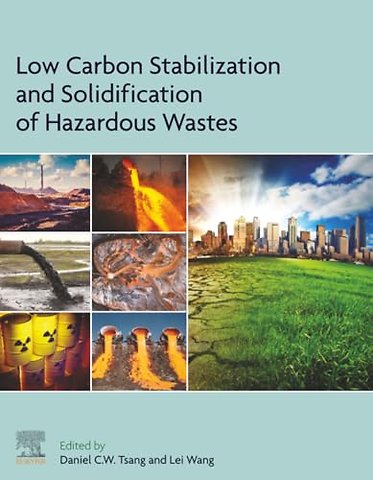Low Carbon Stabilization and Solidification of Hazardous Wastes
Samenvatting
Low Carbon Stabilization and Solidification of Hazardous Wastes details sustainable and low-carbon treatments for addressing environmental pollution problems, critically reviewing low-carbon stabilization/solidification technologies. This book presents the latest state-of-the-art knowledge of low-carbon stabilization/solidification technologies to provide cost-effective sustainable solutions for real-life environmental problems related to hazardous wastes including contaminated sediments. As stabilization/solidification is one of the most widely used waste remediation methods for its versatility, fast implementation and final treatment of hazardous waste treatment, it is imperative that those working in this field follow the most recent developments.
Low Carbon Stabilization and Solidification of Hazardous Wastes is a necessary read for academics, postgraduates, researchers and engineers in the field of environmental science and engineering, waste management, and soil science, who need to keep up to date with the most recent advances in low-carbon technologies. This audience will develop a better understanding of these low-carbon mechanisms and advanced characterization technologies, fostering the future development of low-carbon technologies and the actualization of green and sustainable remediation.

